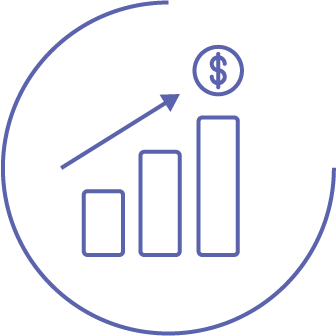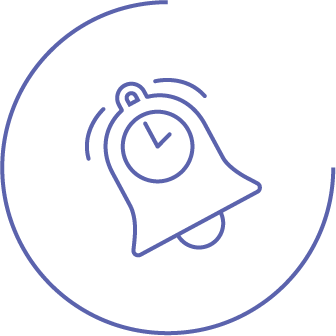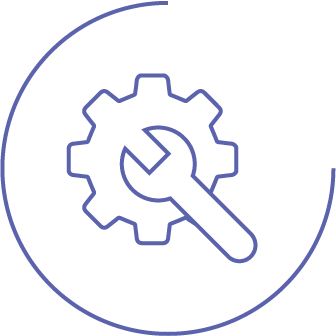Crowd Control &
Event Management
Video Analytics
Better and safer customer experiences, protected assets, bigger margins.
Bring back the crowds with video analytics
Secure the long-term viability of large face-to-face events
Running large events has always been logistically complex and relied on boosting thin profit margins: From concerts, parades and festivals; to sporting events, performance art and rallies. But, in the pandemic age, manual methods of managing events are no longer enough.
Apply video analytics to your events and crowd management initiatives to drive new revenue opportunities, streamline operating costs, keep participants safer and deliver the best experiences possible.

Customer Safety & Experience
Gather real-time data on crowd numbers, density, occupancy levels and movement to keep people safe and deliver better customer experiences. Connect your existing cameras with sophisticated machine learning models to produce AI-based insights that help you run smoother events – from dynamic gate counting and traffic flow optimization that limit overcrowding, to proactively reducing queue lengths and wait times by optimizing staffing allocation and asset utilization (because who likes waiting for a drink or the bathroom?). Detect and act on dangerous or suspicious behavior and objects before things escalate: From subuding potential fights and reducing crowd congestion, to removing weapons or abandonment objects (such as bags and backpacks). Even capture and integrate weather data into your video analytics mix to ensure optimal set-ups for outdoor events.

Identify Revenue Opportunities
Apply video analytics to crowd behavior to produce lucrative real-world data about physical events. Analyzing wait times, traffic flow, and crowd choke points are important to enhance safety and security. But, these patterns also reveal valuable revenue-generating opportunities. Apply these learnings to increase patron spending. Change event layouts, staffing levels and the number or types of services available to match demand. Use real-world analytics to power your event management strategy: From the placement of ticket machines and toilets, to selecting the food and beverage vendors you hire.

Facilitate Real-time Action
Whether it’s taking action when pre-defined thresholds are met, or reacting quickly to unexpected events, video intelligence can help manage safer events. Immediately notify staff with time-sensitive information: From crowd counts exceeding predetermined limits and high-risk bottlenecks forming, to fights and overdoses. GIve event personnel the data they need to respond quickly, intervene before things escalate, or request assistance from security and police. Even integrate video analytics with other operational systems to trigger alarms, announcements and dynamic messaging on venue display screens.

Streamline Your Operations
Live video-based data reveals actionable insights that improve real-time customer experiences and safety. But, data accumulated over time also provides a rich source of insights, which can underpin future planning decisions. Analyze aggregated objects, actions or incidents across historical events – such as crowd bottlenecks, queue lengths and wait times – to unearth trends that help improve future performance and guest experience. Assess patterns to optimize a range of on-site operations, including venue layouts, staffing and security levels, food and beverage requirements, as well as cleaning rosters. Take the learnings from video analytics to improve long-term strategies and business processes. Supply usage data to facilities managers to optimize inventory management and schedule preventative maintenance.

COVID Safety & Compliance
Event managers need to ensure robust COVID practices to remain operational and earn public confidence. Use real-time video analytics to identify and remedy overcrowding, queueing and choke-points that could breach physical distancing mandates. Manage the flow of foot traffic at entry and exit gates to adhere to capacity limits. Disallow new patrons from entering an event – or particular space within a facility – to ease crowd growth in real-time. Even work with transport operators to temporarily reduce the number of services offered.
*Disclaimer: Outcomes described and depicted are illustrative in nature. Learn more.